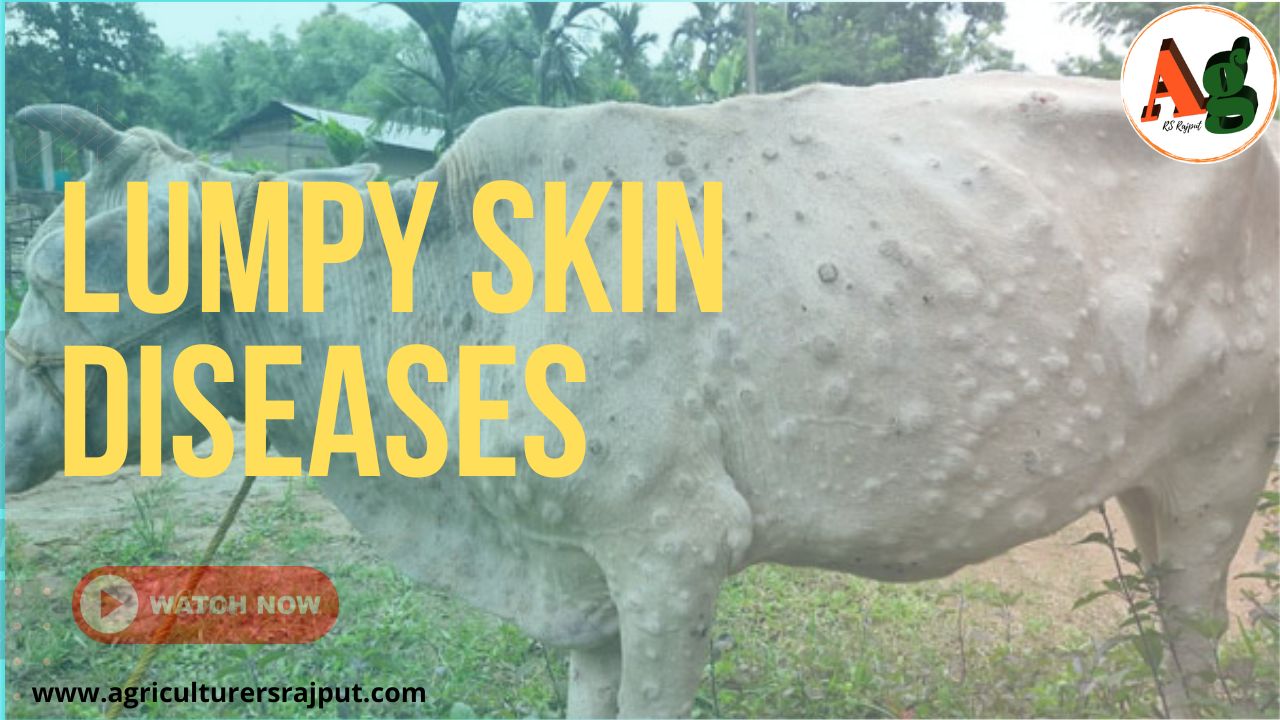Current
Status:
Over
the last few weeks, nearly 3,000 cattle
have died in Rajasthan and Gujarat due to a viral infection
called the Lumpy Skin Disease (LSD)
that has spread across the states. Gujarat
Chief Minister Bhupendra Patel visited the affected areas in Kutch to
review the situation on Tuesday (August 3).
What is the Lumpy Skin Disease?
According to a report by GAVI, the Global Alliance for Vaccines and Immunisation, the Lumpy Skin
Disease (LSD) disease is caused by a virus called the Capripoxvirus and is “an emerging threat to livestock worldwide”.
It is genetically related to the goat
pox and sheep pox virus family.
LSD infects cattle
and water buffalo mainly through vectors such as blood-feeding insects.
Signs of infection include the appearance of circular, firm nodes on the
animal’s hide or skin that look similar to lumps.
Infected animals immediately start losing weight and
may have fever and lesions in the mouth, along with a reduced milk yield. Other
symptoms include excessive nasal and salivary secretion. Pregnant cows and
buffaloes often suffer miscarriage and in some cases, diseased animals can die
due to it as well.
Have such outbreaks occurred earlier; and are humans
at risk?
This is not the first time LSD has been detected in India. The disease has been endemic in most African countries, and since 2012 it has spread rapidly through the Middle East, Southeast Europe and West and Central Asia. Since 2019, several outbreaks of LSD have been reported in Asia. In May this year, Pakistan’s Punjab also reported the deaths of over 300 cows due to LSD.
In September 2020, a strain of the virus was
discovered in Maharashtra. Gujarat too has reported cases over the last few
years sporadically, but currently, the point of concern is the number of deaths
being reported, and whether vaccination catches up to the rate at which the
disease is spreading.
According to the World
Organization for Animal Health (WOAH), of which India is a member, mortality rates of 1 to 5 per cent are
considered usual. The disease is not zoonotic, meaning it does not spread from
animals to humans, and humans cannot get infected with it.
While the virus does not spread to humans, “milk
produced by an infected animal will be fit for human consumption after boiling
or pasteurization as these processes will kill the viruses, if any, in the
milk”, said Prof J B Kathiriya,
Assistant Professor with the department of veterinary public health and
epidemiology of Kamdhenu University’s College of Veterinary Science and Animal
Husbandry in Junagadh.







No comments:
Post a Comment